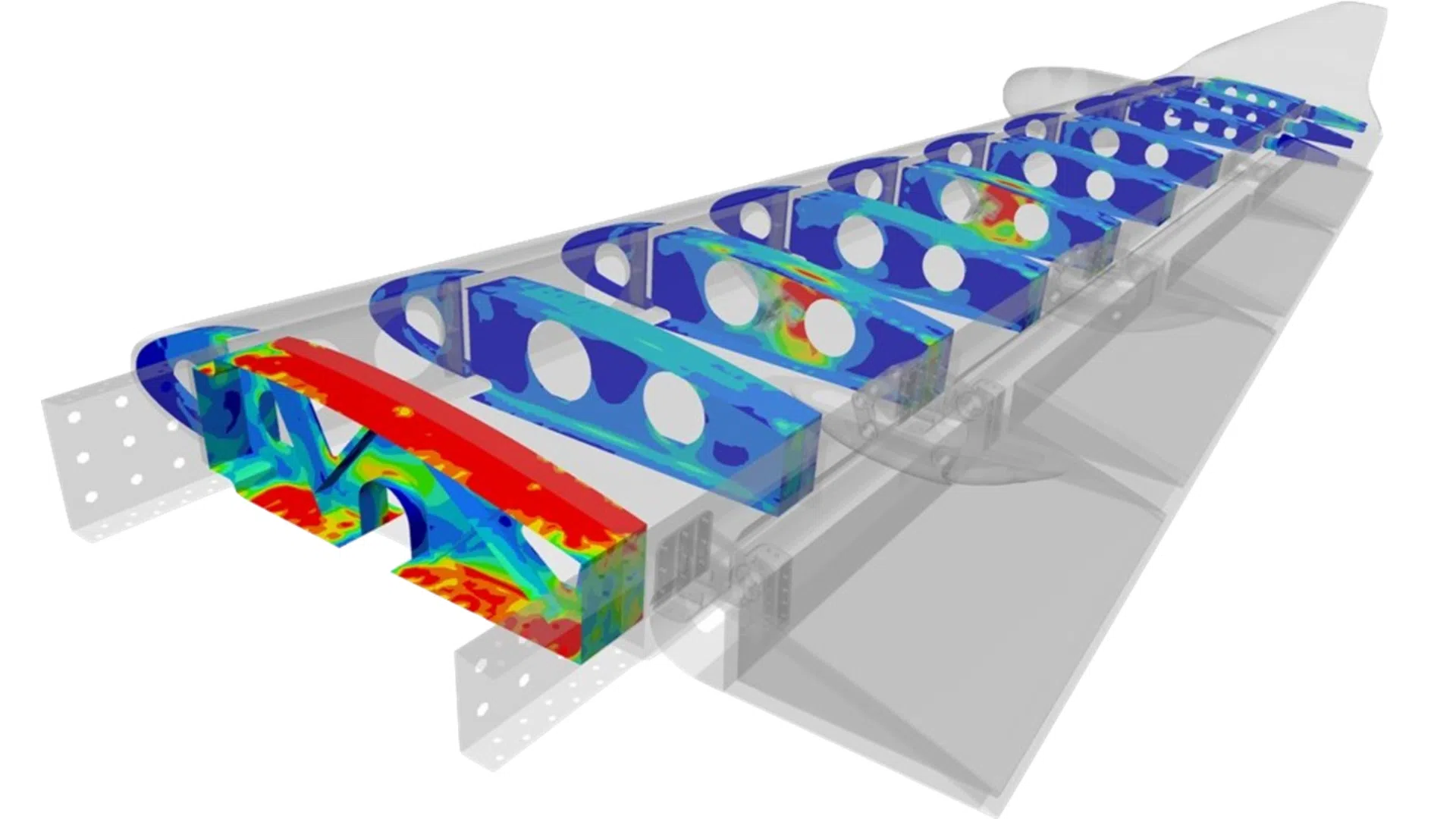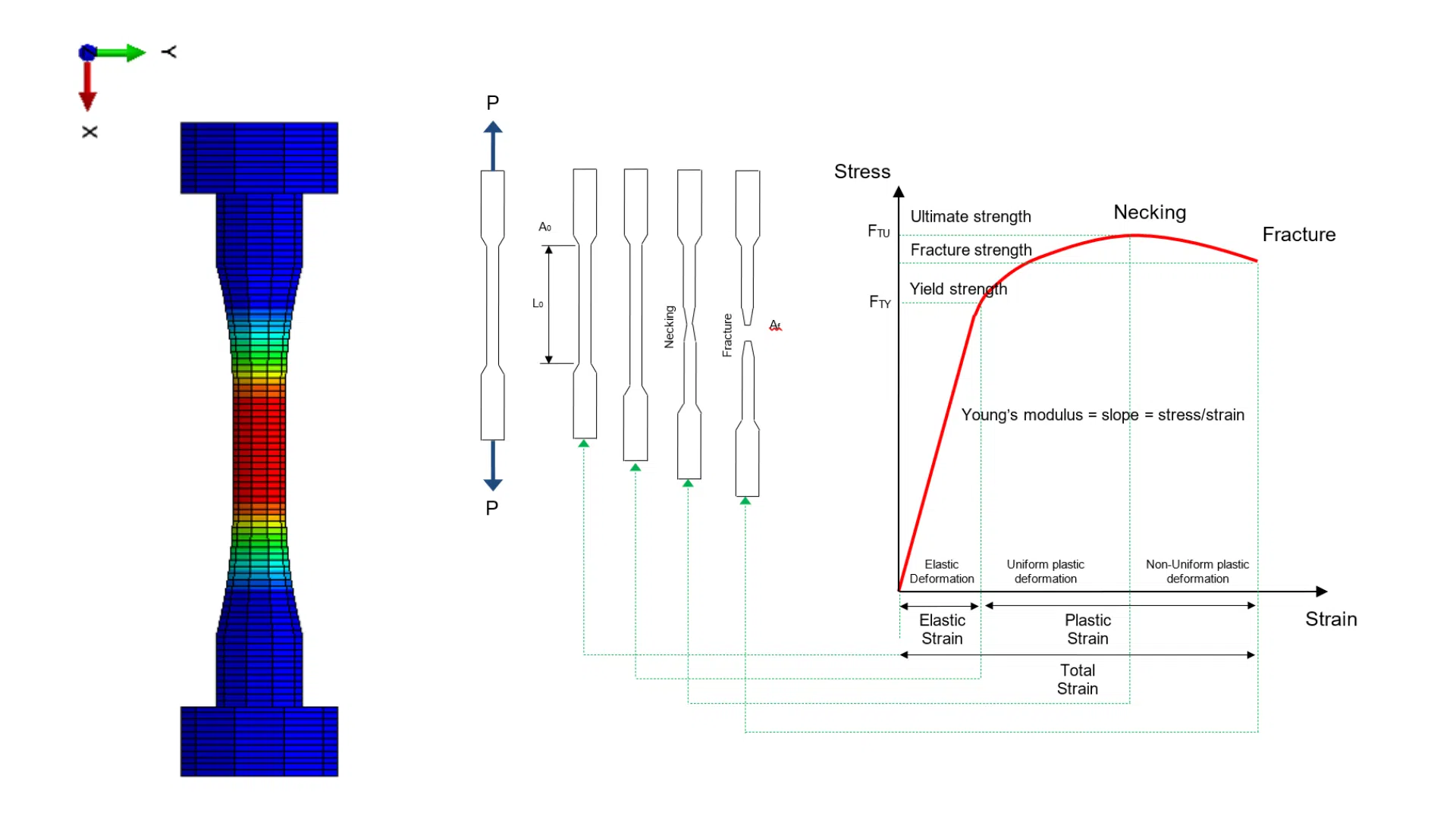In this entry on Computational Fluid Dynamics (CFD) we continue analysing case studies where turbulence plays a fundamental role. In particular, we will see a comparison of results between a usual RANS model and a hybrid LES-RANS turbulence model.
The study model, which can be seen meshed in the following image, has a section change that causes recirculations in the lower part of the domain. The hybrid models, by resolving the large scales of the vortices, give a more accurate result of the behaviour of the fluid in this recirculation zone.

In this case, the hybrid model known as DES (Dettached Eddy Simulation) and its modification IDDES (Improved Delayed DES) will be studied, which gives more accurate results if the LES-RANS transition occurs in a wide area instead of a zone of abrupt detachment.
The boundary conditions will be symmetry on the side and top walls and no-slip on the bottom wall, as well as inlet and outlet. Further technical details of the simulation can be found in the tutorial available in our Downloads section.
CFD Simulation and Results
With an SST turbulence model the velocity results show a fairly uniform profile, which is shown in the picture below.

To improve the initial results of DES and IDDES, the stationary SST results are imposed on both as initial pressure and velocity conditions.
The simulations show that each time step of the model consumes significantly more CPU time than the case with the SST model. The computational cost of both hybrid models is very similar.
When looking at the transient flow, it is found that the behaviour is similar with DES and IDDES. The theory says that the results are more realistic using the IDDES model. The velocity profile this time captures the instabilities of the flow as shown in the images.

In the following maps, the use of the Q-criterion allows the visualisation of the vortices that are generated due to the slope.

It is found that the results in this aspect do differ slightly between the DES and the IDDES, with the IDDES results being more reliable.
This type of simulations with hybrid turbulence models are useful to visualise the vortex structures generated in the transient domain. RANS models do not give such accurate results. For other simulations, especially those that seek to represent a steady state, these models increase the computational cost considerably, usually without significant improvements in the results.


